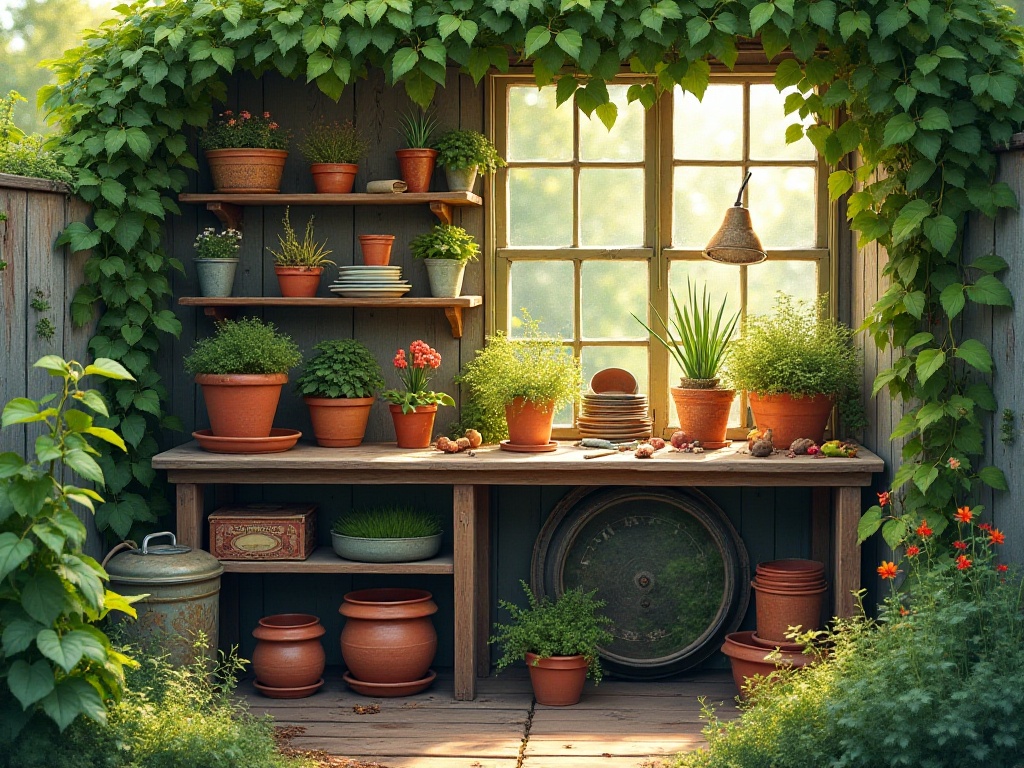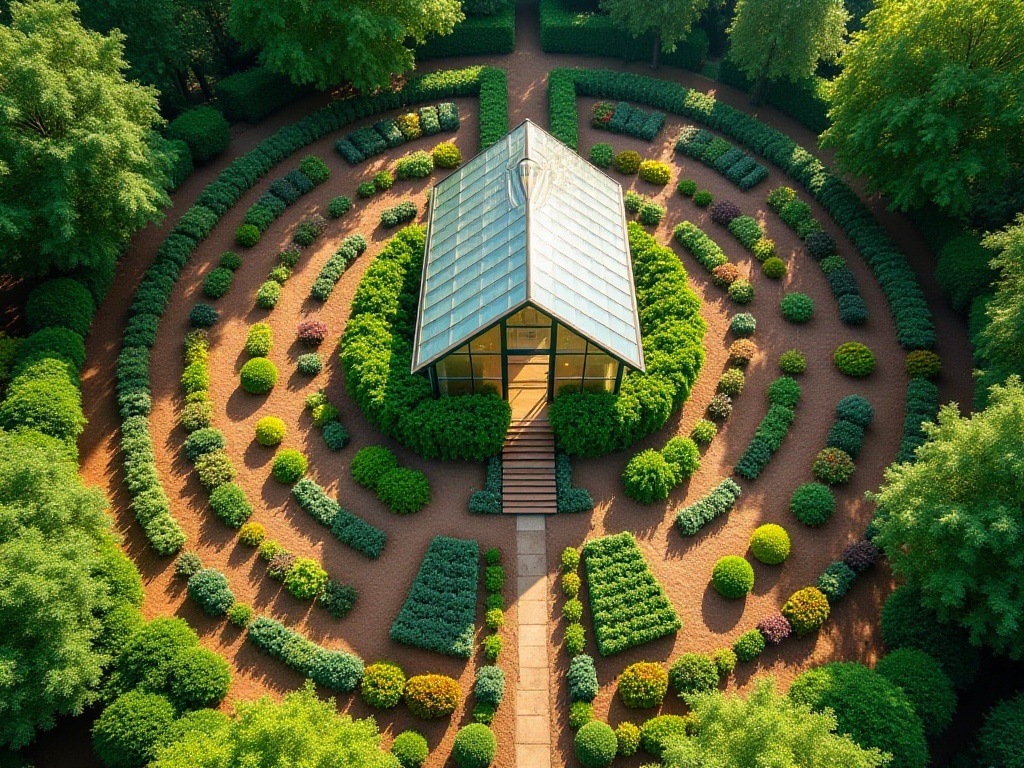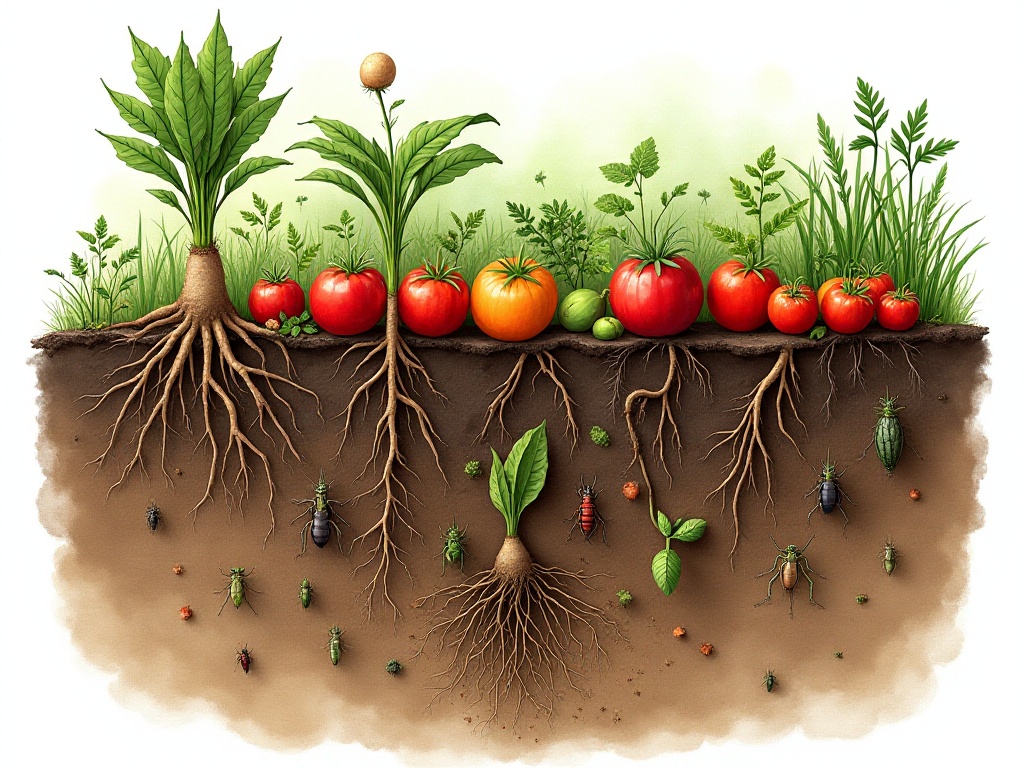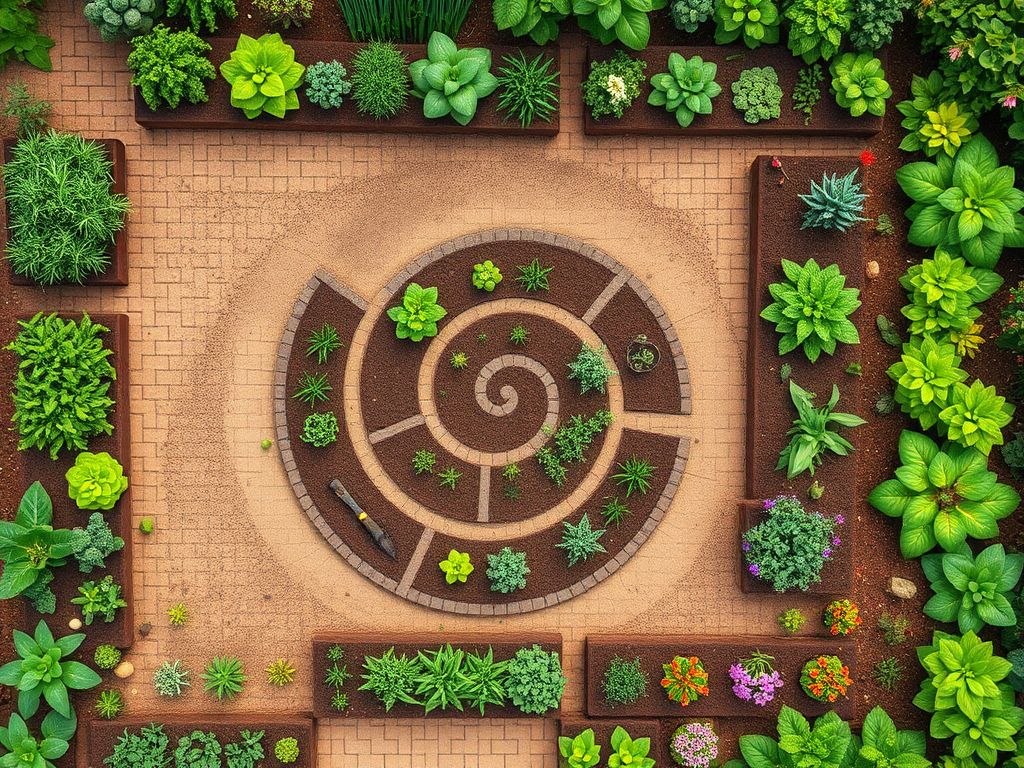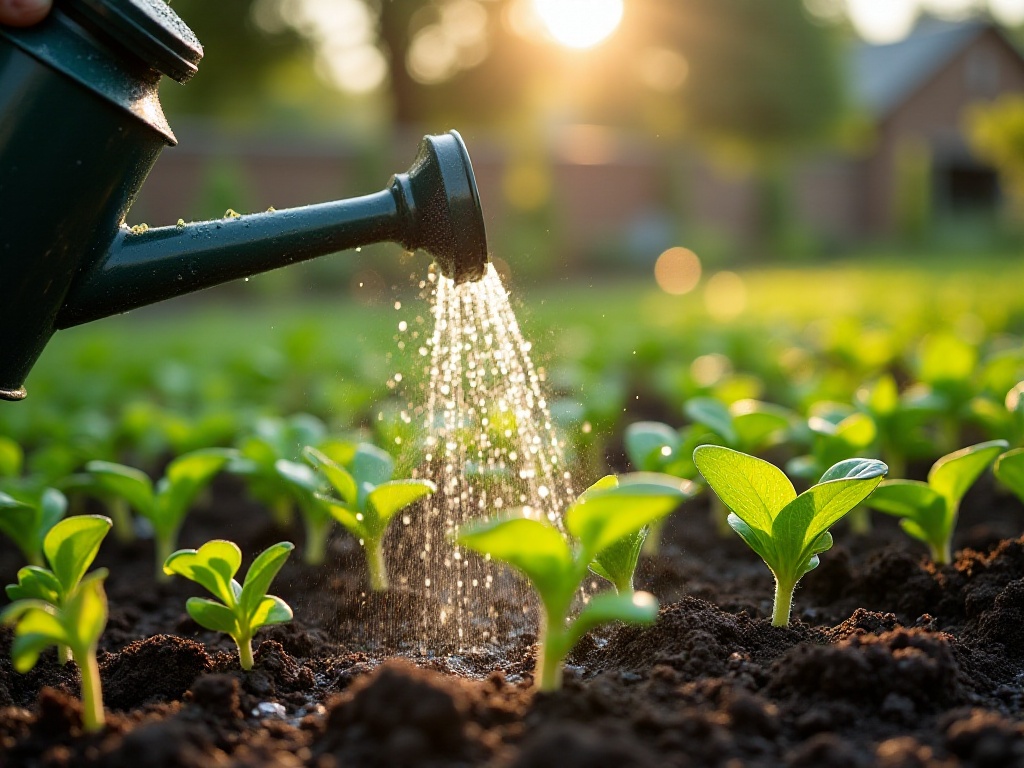
Getting to Know Your Balcony
Every time I pass through the neighborhood and see the lush vegetables on my neighbors' balconies, I can't help but feel envious. Three years ago, I started trying to grow vegetables on my own balcony, and I fell in love with this therapeutic garden lifestyle.
When I first started growing, I knew nothing about the balcony environment. After repeated exploration and learning, I gradually understood that balconies with different orientations are suitable for growing different plants. My balcony faces south, with abundant sunlight from 8 AM to 4 PM daily. In such an ideal environment, sun-loving plants like tomatoes, peppers, and eggplants grow particularly vigorously.
Last summer's harvest was especially memorable, with over forty pounds of tomatoes alone. I remember the first time I picked a ripe tomato, I was so excited I almost jumped. Not only did I save money on groceries, but most importantly, I got to eat truly green, pollution-free vegetables - a satisfaction that money can't buy.
If your balcony faces east or west, don't worry. These balconies receive 4-6 hours of sunlight daily and can still grow some semi-shade tolerant vegetables like okra and long beans. A friend of mine has an east-facing balcony, and her green beans grow exceptionally well, allowing for weekly harvests.
For those with north-facing balconies, don't be discouraged. While sunlight is limited, it's actually perfect for growing shade-tolerant leafy greens. Vegetables like choy sum, lettuce, chives, and water spinach can grow well in diffused light. My neighbor has a north-facing balcony, and her lettuce is so tender it makes my mouth water every time I see it.
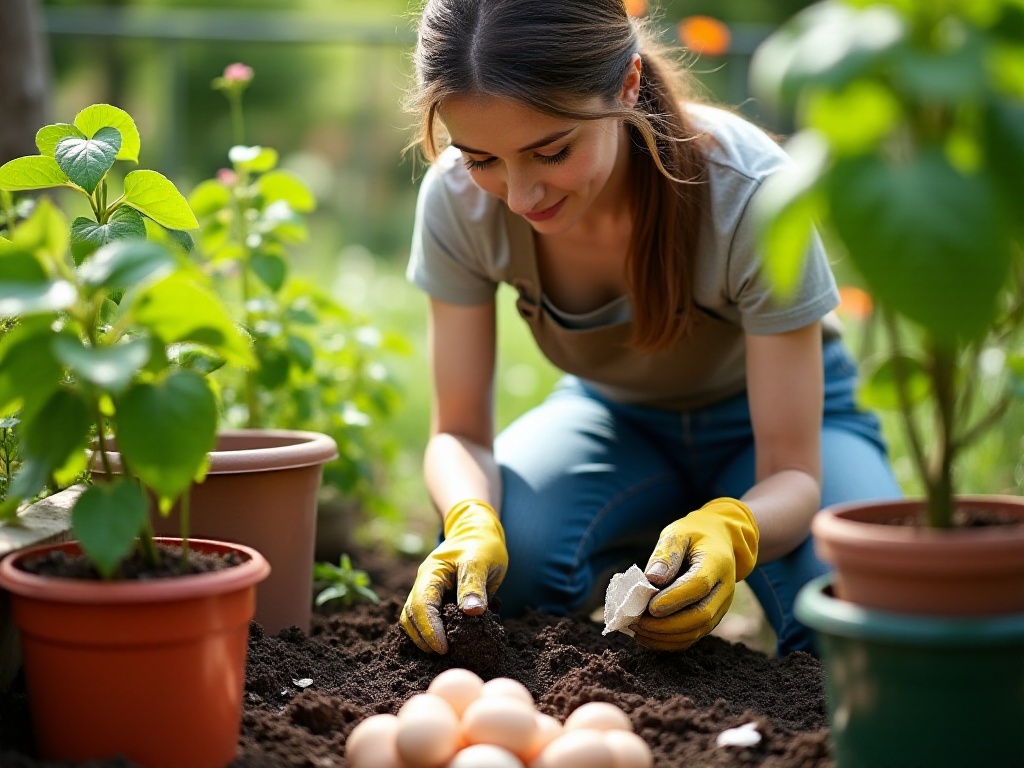
Understanding Light Exposure
When it comes to balcony gardening, light exposure is often the most overlooked aspect by beginners. Insufficient light leads to leggy growth, weak stems, and yellowing leaves, while excessive light can cause leaf burn and affect growth. Understanding your balcony's light conditions is crucial for successful growing.
My balcony growing experience has taught me that different plants have different light requirements. Take tomatoes, for example - they love sunlight and need at least 6 hours of direct light daily. Last summer, I planted several cherry tomato plants in the brightest spot on my balcony. They grew nearly a meter tall, loaded with sweet and tangy fruits that had my neighbors asking for seeds.
Leafy greens like lettuce, however, don't do well in direct sunlight. Once, I placed a lettuce pot in direct noon sunlight, and within days the leaves turned yellow and scorched. After moving it under a shade cloth with filtered light, it immediately improved.
You also need to prepare for seasonal light changes. In summer, when the sun is intense, I draw the shade cloth between 11 AM and 2 PM to prevent plant scorching. In winter, when sunlight is milder, I remove the shade cloth to let plants get more sun.
Sometimes the balcony's light angle can affect plant growth. I noticed plants near the railing tend to lean towards the light. To solve this, I regularly rotate the pots for more even light exposure. Now my vegetables grow straight and no longer develop crooked stems.

Soil Preparation
Speaking of soil preparation, this is experience I gained through many costly lessons. When I first started growing vegetables, I was too impatient and just bought some general-purpose potting soil from a flower shop to start planting. As you can imagine, the vegetables turned out small and yellow, failing to grow properly.
Later, through research and consulting experienced gardeners, I learned that soil for growing vegetables differs from soil for growing flowers. Vegetable soil has higher requirements - it needs to retain water and nutrients while maintaining good aeration. Now I mix my own soil, typically using: 40% potting soil, 30% humus, 20% vermiculite, and 10% perlite. This mixture is both loose and well-aerated while maintaining appropriate moisture and nutrients.
Soil pH is also crucial. Different vegetables prefer different soil pH levels. Tomatoes, for instance, prefer slightly acidic soil with a pH between 6.0-6.8, while legumes prefer neutral to slightly alkaline soil with pH between 6.5-7.5.
I bought a simple soil testing meter for just a few dollars, and it's extremely useful. I test each new soil mix, adding lime powder if it's too acidic or sulfur powder if it's too alkaline. This results in much better plant growth.
Composting is also great for improving soil fertility. I ferment kitchen waste like vegetable leaves and fruit peels to make organic fertilizer. When I first started composting, I worried about odors. But I found that with proper moisture and ventilation control, there's no unpleasant smell - just a fresh earthy scent.
Soil sterilization is important, especially for reused soil. I typically spread the soil on plastic sheets and sun-sterilize it for 3-5 days. This kills pathogens and insect eggs while preserving beneficial bacteria.
Regular checking for soil compaction is also necessary. If the surface becomes hard, I gently loosen it with a small trowel. This improves soil aeration and promotes root growth. My peppers are cared for this way, resulting in extensive root systems and abundant yields.
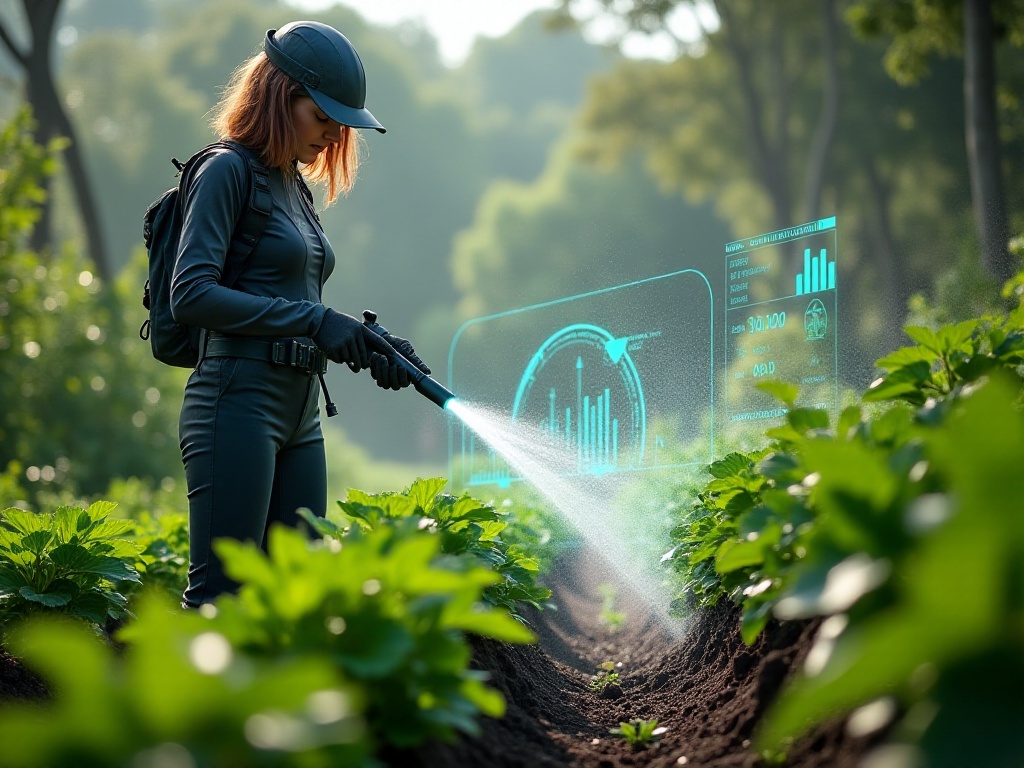
Sowing Techniques
Sowing is arguably the most crucial first step in vegetable growing. Different seeds have different characteristics and require different sowing methods. For small seeds like lettuce and cabbage, I mix them with fine sand in a 1:10 ratio for even distribution and to avoid clumping.
For large seeds like long beans and cucumbers, I soak them in warm water for 12 hours before planting to ensure adequate water absorption. Once, I skipped soaking some bean seeds out of laziness, and they took forever to germinate, wasting an entire growing season.
Planting depth matters too. Generally, seeds should be planted 2-3 times their diameter deep. Small seeds like tomatoes and peppers need only about 0.5cm depth, while larger seeds like beans can go 2-3cm deep. I use a chopstick to make holes, which helps control the depth easily.
Choosing the right planting season is also important. Different vegetables have different optimal planting times. Fall is good for cold-tolerant vegetables like lettuce, choy sum, and mustard greens, while spring suits warm-loving vegetables like tomatoes, peppers, and eggplants. I keep a phone note with planting times for each vegetable and sow accordingly.
Soil coverage is also technical. Too thick, and seeds may suffocate; too thin, and they might dry out. I usually sift a layer of fine soil for coverage, then spray with a fine mist. This keeps seeds covered while maintaining proper moisture.
Temperature management during germination is crucial. Most vegetable seeds germinate best at 20-25°C. I use a simple thermometer to monitor soil temperature, adding a mini greenhouse if it's too cold, or providing shade and ventilation if it's too hot.
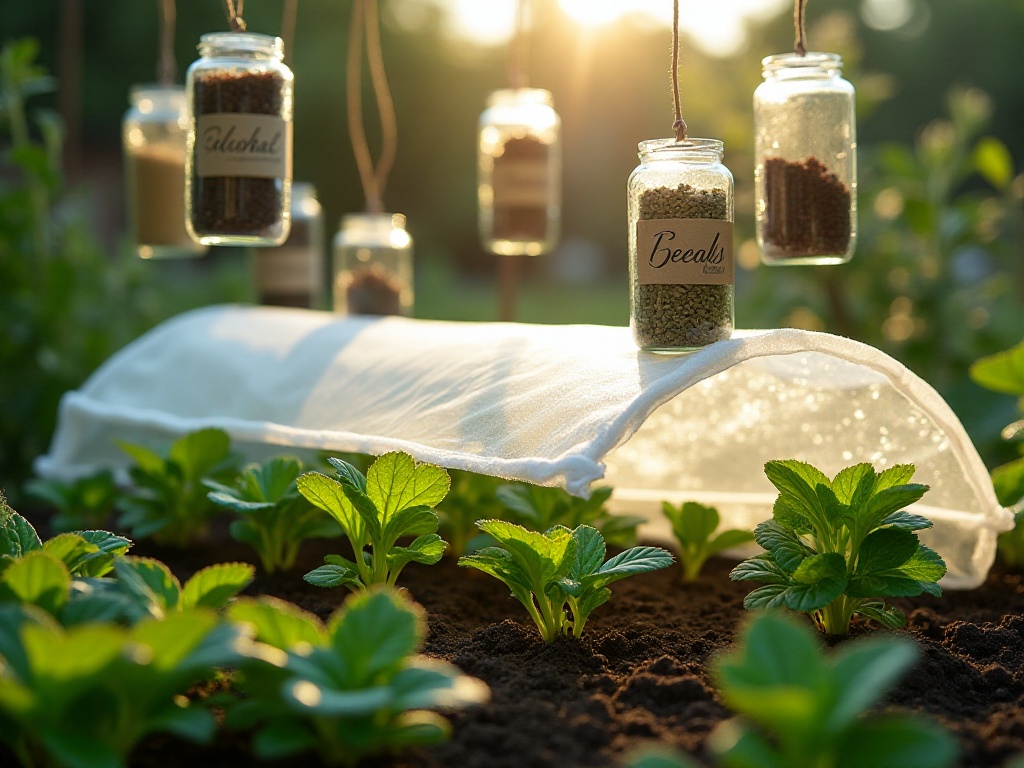
Watering Tips
While watering seems simple, there are tricks to doing it right. I've developed a "look, smell, feel" method: look at soil color - black indicates sufficient moisture, gray-white indicates drought; smell the soil - a fresh earthy smell indicates proper moisture; feel the soil - if you can make a small depression with your finger without soil sticking, the moisture is just right.
Different growth stages need different watering methods. Seedlings need gentle watering to avoid damaging delicate plants. I use a watering can set to the finest mist, which provides even coverage without harming young plants.
During the growth period, follow the "deep and slow" principle. Rather than daily light watering, it's better to water thoroughly every few days. This encourages deeper root growth and improves drought resistance. My tomatoes are watered this way, developing extensive root systems that can withstand several days without water even in summer.
Timing matters too. Water early morning or evening when temperatures are lower to minimize evaporation. Watering at noon under strong sunlight wastes water and can burn leaves. I learned this the hard way when my plants developed scorch marks.
Water quality is also important. Let tap water sit for 24 hours to allow chlorine to dissipate. During rain, I collect rainwater for watering. It's chlorine-free and contains trace elements plants need.
Pest and Disease Control
For pest and disease control, I prefer natural methods. Like using garlic water for aphids, cinnamon powder for fungal diseases, and chili pepper water to repel insects. These methods work slower but are safe and non-toxic.
Prevention beats treatment. I regularly inspect plants and address issues immediately. I remove yellow leaves right away and hand-pick any insects I find. It's more work but prevents widespread problems.
Ventilation is key to disease prevention. I maintain proper spacing between pots for air circulation. During humid seasons, I use a small fan to help prevent mold.
Harvesting Techniques
Harvest season is the most anticipated moment. Different vegetables have different harvest standards. For tomatoes, harvest at 70% ripeness when they're starting to turn red but still have some green. They'll ripen at room temperature, maintaining freshness and flavor.
Leafy greens require specific harvesting methods. For lettuce and choy sum, harvest early morning while dew remains for the crispest texture. Use sharp scissors rather than pulling to avoid damaging plants.
Timing is crucial. Vegetables like long beans need timely harvesting to maintain quality and encourage continued production. I check every morning for vegetables ready for harvest.
Experience Summary
Looking back on three years of growing, I've found that gardening brings not just fresh produce but immense satisfaction. Watching plants grow from seed to harvest brings indescribable joy.
Growing vegetables isn't as hard as imagined - it just needs patience and persistence. Like caring for a child, it requires daily observation and prompt problem-solving. Anyone can succeed with the right knowledge.
I've transformed from a complete novice to a "balcony farmer," a journey filled with joy and rewards. I hope more people will try balcony gardening and experience this earthly happiness.
Now my balcony is a year-round garden with different vegetables each season. Spring brings peas and lettuce, summer has tomatoes and peppers, fall features okra and beans, and winter offers cabbage and radishes. Checking on my plants is the first thing I do when I get home, and watching them grow brings great satisfaction.
These are my balcony gardening experiences - I hope they help those wanting to start. Remember, like anything else, success comes with persistence. When you harvest your first homegrown vegetables, you'll understand why it's all worth it.



